Laila Khan
Since last few decades, Pakistan has been stuck by many catastrophic natural calamities including earthquake in 2005 which resulted in heavy economic and human losses. Similarly; 2010 floods swept away not only the infrastructure but thousands of lives with itself. The latest in the series of natural disasters that shocked every Pakistani was the Murree snowstorm incident and the recent whopping floods that submerged half of the country.
In all of these events of utter misfortune, Pakistan Armed forces always remained at the forefront to help its civilian population.  Pakistan Army is considered to be one of the best armies in the world. Global Firepower Index ranked Pakistan defense forces as the “9th most powerful military” in the world. So, there is no doubt about the professionalism and capabilities of Pakistan Army. It has remained the most well managed, disciplined and responsive institution of the country in terms of its disaster management policies, relief & rehabilitation operations and humanitarian response.
Pakistan Army is considered to be one of the best armies in the world. Global Firepower Index ranked Pakistan defense forces as the “9th most powerful military” in the world. So, there is no doubt about the professionalism and capabilities of Pakistan Army. It has remained the most well managed, disciplined and responsive institution of the country in terms of its disaster management policies, relief & rehabilitation operations and humanitarian response.
The commendable efforts of Pakistan Army in the case of Murree snowstorm and in Covid-19 pandemic are among many for the sustenance and development of Pakistan. Heavy machinery and men power were used to save the lives of people stuck in Murree. On the other hand, during severe wave of Covid, soldiers on the roads and streets made sure that people were following standard operating procedures, including social distancing and masking. Pakistan Army has played a remarkable role in providing health facilities to citizens. Throughout the year, Army doctors organized camps for civilians and provide free treatment in many areas. Today, more than forty state of the art Army hospitals are functional throughout the country with the best possible facilities available.
The recent flash floods caused by abnormal monsoon rain and cloudbursts have wreaked havoc in many districts of Balochistan, KP, South Punjab and Sindh. In these pernicious times for the entire nation, Pakistan army has played an unprecedented role to rescue the people caught-up in the flood affected areas. It has probably the only fully functional and organized institution to extend their services beyond security issues and help Pakistan overcome the disastrous consequences of natural calamities.
Pakistan army launched a massive rescue and relief operations throughout Pakistan and saved thousands of lives. As part of its national responsibility, the Pakistan Army has established a National Army flood Relief and Rescue coordination center under Headquarters Army Air Defense Command to manage relief and rescue operations. In the month of August 2022, a Lieutenant General Sarfaraz Ali (Corps Commander Quetta)along with his fellow officials sacrificed their lives in-line of their rescue mission during floods in Lasbela, Balochistan.
In addition, under the supervision of Relief, Rescue and Rehabilitation organization, Pakistan Army is in close coordination with Disaster Management authority to provide assistance to the flood affected people through multiple means. During the current floods, so far, almost 50,000 people have been rescued and shifted to safe places and more than 147 relief camps have been established by the Army. Effected People have been provided with medical assistance in around 250 temporary medical centers. The armed forces have also managed to distribute more than 3,700 tents and other necessary items among the victims.
Not only the forces extended their help in rescue operations but also provided approximately 1793 tons of food packages including ready to eat meal to the effected people. In this spirit, all the general officers of the army aka heroes in uniform have also donated their one-month salary to help the victims. Moreover, the officers also giving donations on voluntary basis to help civilian in their difficult times. In view of the emergency situation, the Pakistan Army has also established donation centers in all major cities for the collection of funds and goods under the instructions of the federal Government. To ensure the equal distribution of medical and food assistance, army officers including army doctors and nurses are tirelessly working in relief camps.
Apart from Pak Army, Air and Naval forces have also contributed its fair share to rescue people from the devastating climate catastrophe. Forty-one Relief camps have been established by PAF working across the country to help people. Besides, 1521 lives have been saved through aerial operations using military helicopter. Meanwhile diving teams are dispatched to the heavily flooded areas to rescue the stuck people.
In these challenging times of climate crisis faced by Pakistan, our forces have proved to be a symbol of resilience, credibility and strength. They have always put their lives in danger and selflessly provided immediate help to ensure the safety and security of the people of Pakistan. In short, utilizing all of their limited resources the military has left no stone unturned to help the fellow citizens. According to the data of Meteorological Department, Khyber Pakhtunkhwa has received 44% more rains this year. Four tehsils of Swat district, Bahrain, KhawzaKhela, Matta and Mingora were directly affected by the flood.
The employment of the local population of Upper Swat depended on tourism or agriculture. The recent floods have also taken away these sources of income from them.
The area has witnessed daunting situation when a good number of tourist and locals were stranded, the local administration totally failed to rescue them. In such dire situation, Pakistan Army remained the only hope for the stranded people in the area.
Four special army aviation helicopters during that period had rescued 110 stranded people from Khawazakhela to Kanju Cantt in Swat.
Dr. Fauzia who’s seven family members including women and children stranded in Swat told the Voice of KP, “My family was stuck in Swat floods during their tour, we were very worried as the local administration was unable to rescue them. But thanks to Pakistan Army all were rescued and evacuated in time.”
In order to help the flood victims, 7,522 Pakistan Army troops were deployed along with 50 boats, whereas 25 field medical camps were also established. As many as 25,000 patients were treated from different areas.
The military leadership under Army Chief General Qamar Javed Bajwa showed concerns over these devastating floods when no one was even aware about the magnitude of this calamity. Pakistan Army had initiated rescue operations in Balochistan while the news about floods were nowhere on national media.
The Army chief visited the flooded areas ofSwat where he personally met the children, women, elderly and other people who were rescued from Kamrat, Kalam by helicopters of Army Aviation.
The rescued citizens specially women thanked the Pakistan Army while speaking to the Army chief and said, “It was the army who had reached out to the stranded families when none was in sight for help.”
The Army Chief personally supervised the relief operations of Pakistan Army at various places including Swat and Kalam.

The Pakistan Army Engineers restored Bahrain Bridge in Swat and opened it for all kinds of traffic on September 4. The flood-hit bridge in the town of Bahrain in Swat was reopened for traffic after the Pakistan Army worked day and night to restore it.
Earlier during his visit to the flood-hit areas in Swat, Chief of Army Staff (COAS) General Qamar Javed Bajwa had said the road would be restored in six or seven days.
The people of Bahrain are happy that Pakistan Army engineers have restored that bridge which is one of the main passages frequented by people to commute, said Munir Khan who is a government teacher.
He said that people of Swat has great respect for Pakistan Army earlier for restoring peace and now their selfless relief work for flood victims.
In these challenging times of climate crisis faced by Pakistan, our forces have proved to be a symbol of resilience, credibility and strength. They have always put their lives in danger and selflessly provided immediate help to ensure the safety and security of the people of Pakistan. In short, utilizing all of their limited resources the military has left no stone unturned to help the fellow citizens.


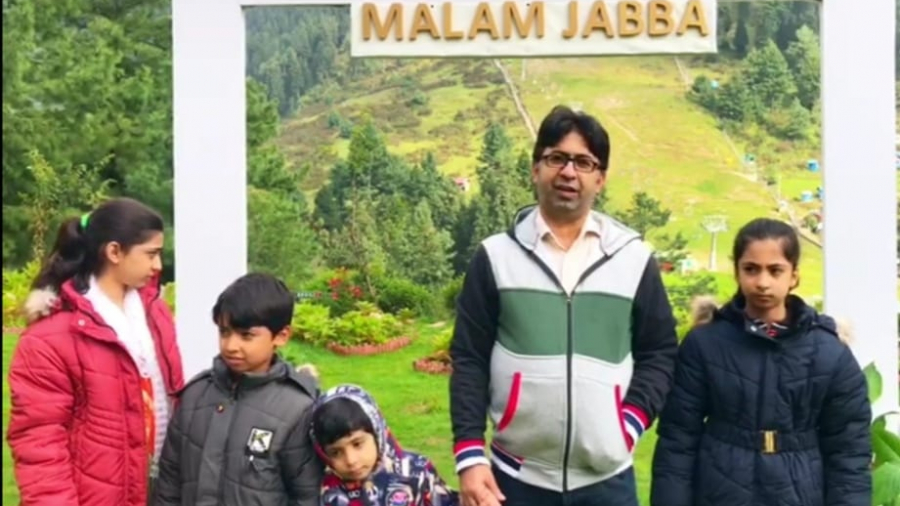



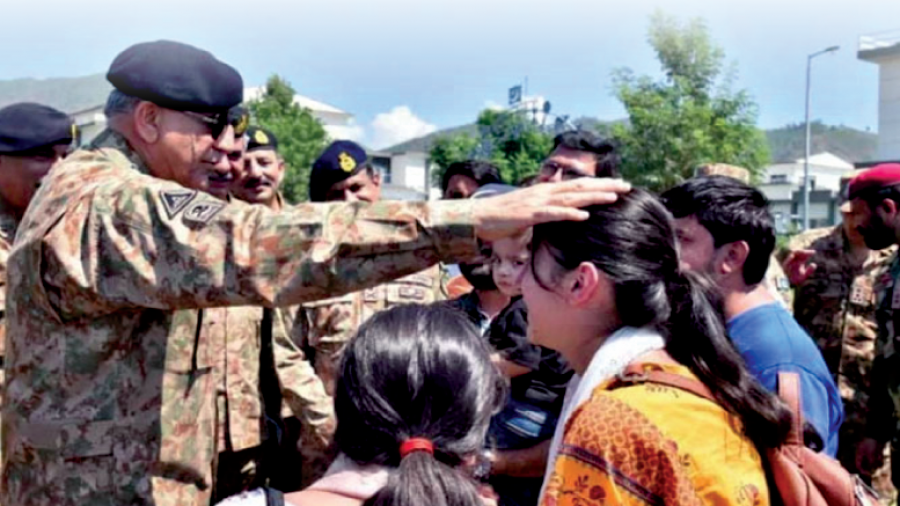
 Pakistan Army is considered to be one of the best armies in the world. Global Firepower Index ranked Pakistan defense forces as the “9th most powerful military” in the world. So, there is no doubt about the professionalism and capabilities of Pakistan Army. It has remained the most well managed, disciplined and responsive institution of the country in terms of its disaster management policies, relief & rehabilitation operations and humanitarian response.
Pakistan Army is considered to be one of the best armies in the world. Global Firepower Index ranked Pakistan defense forces as the “9th most powerful military” in the world. So, there is no doubt about the professionalism and capabilities of Pakistan Army. It has remained the most well managed, disciplined and responsive institution of the country in terms of its disaster management policies, relief & rehabilitation operations and humanitarian response.
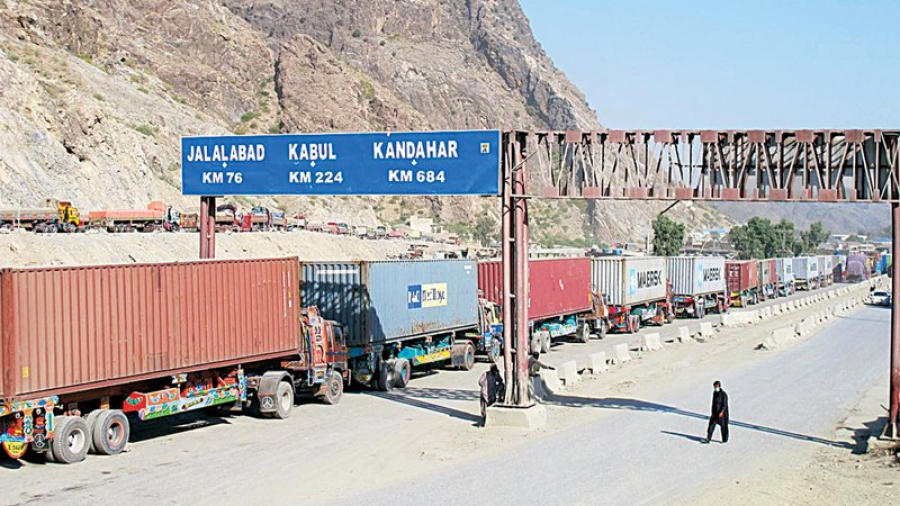

 hazard of future. According to academic sources, there is a direct correlation between political instability and economic meltdown. A sample study of 113 countries by Alberto Alesina, Roubini and Swagel defines political instability as the propensity of a government to collapse. That propensity or its semblance results in lower economic growth and per capita decrease in GDP. Another study by Yi Feng, covering 96 countries between 1960 and 1980, indicates that the stable democratic regimes are likely to post sustained economic growth compared to politically unstable regimes. Moreover; another empirically researched report about Jordan from Osama D Swaidan – employing two econometric techniques: ARDL model (OLS) and Kalman filter (ML), covering the period from 1967 to 2009 — indicates that political instability has a statistically significant negative effect on economic growth. Political unrest and instability is nothing new or unique to Pakistan. It is a phenomenon commonly known in many Asian, African and even some European countries. Only difference in Pakistan’s case is that political instability cycles are more frequent. This political instability often drags the state institutions in politics as well like judiciary. This unfortunate trend has affected the judiciary’s own performance. For example, higher judiciary remains in the news due to some high profile political cases affecting all pending cases pertaining to common citizens and delaying them the justice. Another unique feature of Pakistan’s political instability is mistrust between political players. A party, when losses elections, starts agitational politics which eventually leads to political polarization in the society. It has been observed that due to such politics, governments often hesitate to take strict but mandatory fiscal decisions for the state that consequently leads to economic meltdown. Though this is not the only reason behind our economic predicament, nevertheless it remains among major causes for our economic qualms. Economic instability has been felt all over the world as a result of the European energy crisis. Governments across the world are facing serious challenges as a result of rising inflation that does not seem to be “temporary.” Food prices are increasing and countries who rely on imported food items are faced with dire economic situation. In Sri Lanka, protesters toppled central government and ruling Rajapaksas had to left office in response to the country’s ongoing economic crisis. In Peru, protestors have taken to the streets and the government there was forced to declare a state of emergency.
hazard of future. According to academic sources, there is a direct correlation between political instability and economic meltdown. A sample study of 113 countries by Alberto Alesina, Roubini and Swagel defines political instability as the propensity of a government to collapse. That propensity or its semblance results in lower economic growth and per capita decrease in GDP. Another study by Yi Feng, covering 96 countries between 1960 and 1980, indicates that the stable democratic regimes are likely to post sustained economic growth compared to politically unstable regimes. Moreover; another empirically researched report about Jordan from Osama D Swaidan – employing two econometric techniques: ARDL model (OLS) and Kalman filter (ML), covering the period from 1967 to 2009 — indicates that political instability has a statistically significant negative effect on economic growth. Political unrest and instability is nothing new or unique to Pakistan. It is a phenomenon commonly known in many Asian, African and even some European countries. Only difference in Pakistan’s case is that political instability cycles are more frequent. This political instability often drags the state institutions in politics as well like judiciary. This unfortunate trend has affected the judiciary’s own performance. For example, higher judiciary remains in the news due to some high profile political cases affecting all pending cases pertaining to common citizens and delaying them the justice. Another unique feature of Pakistan’s political instability is mistrust between political players. A party, when losses elections, starts agitational politics which eventually leads to political polarization in the society. It has been observed that due to such politics, governments often hesitate to take strict but mandatory fiscal decisions for the state that consequently leads to economic meltdown. Though this is not the only reason behind our economic predicament, nevertheless it remains among major causes for our economic qualms. Economic instability has been felt all over the world as a result of the European energy crisis. Governments across the world are facing serious challenges as a result of rising inflation that does not seem to be “temporary.” Food prices are increasing and countries who rely on imported food items are faced with dire economic situation. In Sri Lanka, protesters toppled central government and ruling Rajapaksas had to left office in response to the country’s ongoing economic crisis. In Peru, protestors have taken to the streets and the government there was forced to declare a state of emergency.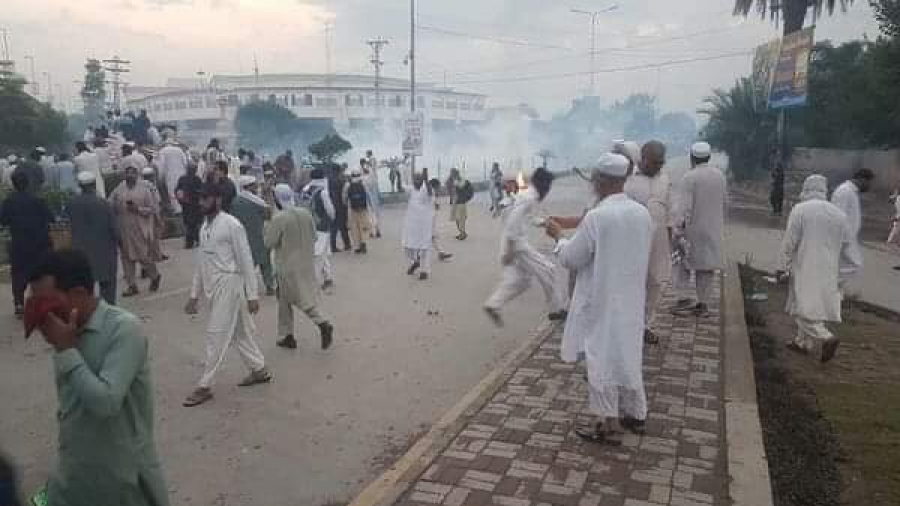
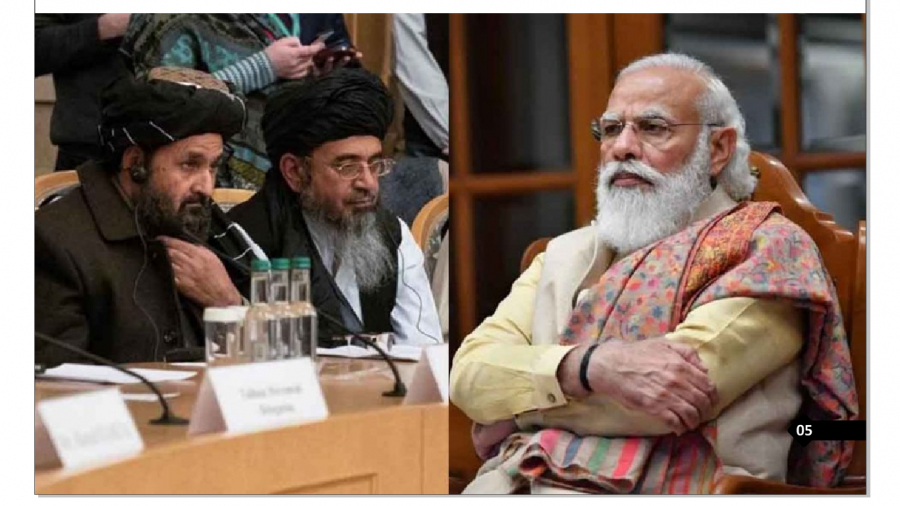
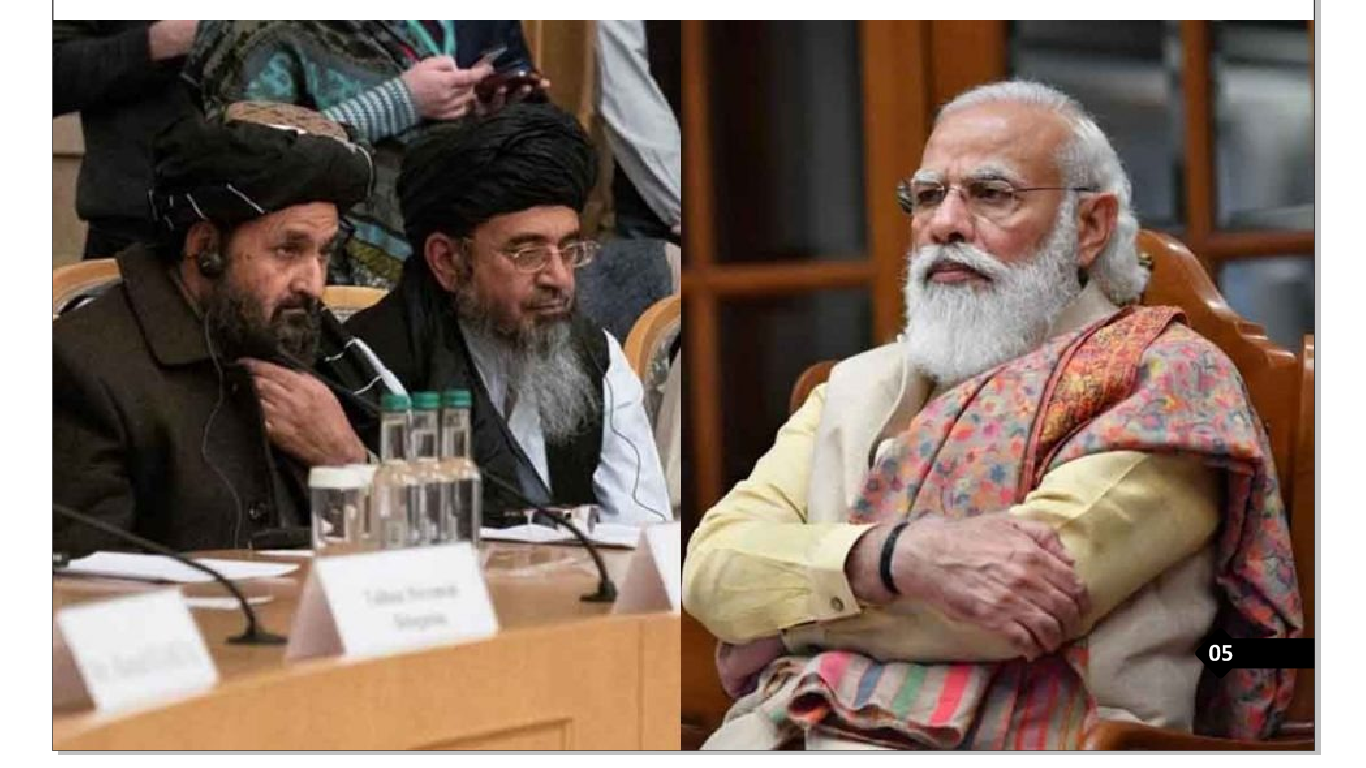 and terror handlers virtually ran away from all their consulates in the dark hours of the night fearing the wrath of IEA; within Indian intelligence circles, IEA was believed to be supported by Pakistan.
and terror handlers virtually ran away from all their consulates in the dark hours of the night fearing the wrath of IEA; within Indian intelligence circles, IEA was believed to be supported by Pakistan.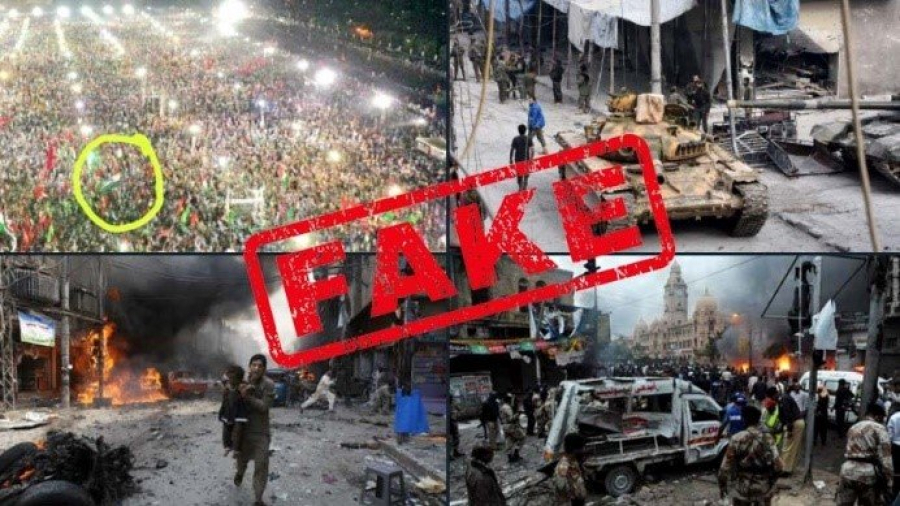
 military helicopter crash during a flood relief operation in Lasbela, Balochistan. Amid the consolation messages, homage and prayers for the departed souls on social media (SM); a Twitter user Caryn E. Gifford (@CarynEGifford), speculated that one of the US’s tactical drones accidentally targeted the Pakistan Army helicopter resulting in multiple fatalities. The account then had mere two followers who claimed to be the level-II Policy advisor of US ambassador to Pakistan David Blome.
military helicopter crash during a flood relief operation in Lasbela, Balochistan. Amid the consolation messages, homage and prayers for the departed souls on social media (SM); a Twitter user Caryn E. Gifford (@CarynEGifford), speculated that one of the US’s tactical drones accidentally targeted the Pakistan Army helicopter resulting in multiple fatalities. The account then had mere two followers who claimed to be the level-II Policy advisor of US ambassador to Pakistan David Blome. of Baloch rebels targeted the helicopter. The narrative was not only amplified by impersonated or fake accounts but Indian mainstream media also magnified this Fake News.
of Baloch rebels targeted the helicopter. The narrative was not only amplified by impersonated or fake accounts but Indian mainstream media also magnified this Fake News. Indians and Afghans to sabotage the Afghan peace process and to put the blame on Pakistan for the mistakes made in Afghanistan during the last two decades. In a joint press conference (11 Aug 2021), the then National Security Advisor Moeed Yousaf informed that SM Accounts operated by Afghans and Indians launched an SM campaign discrediting Pakistan and its Armed forces. The propagandist also targeted China Pakistan Economic Corridor (CPEC), provoked Baloch and Pashtun separatists, fueled Sub-nationalist sentiments and tried to build a narrative of keeping Pakistan within the grey list of the Financial Action Task Force (FATF). These SM campaigns were mostly boosted through Bots and augmented by Afghan and disgruntled elements in Pakistan.
Indians and Afghans to sabotage the Afghan peace process and to put the blame on Pakistan for the mistakes made in Afghanistan during the last two decades. In a joint press conference (11 Aug 2021), the then National Security Advisor Moeed Yousaf informed that SM Accounts operated by Afghans and Indians launched an SM campaign discrediting Pakistan and its Armed forces. The propagandist also targeted China Pakistan Economic Corridor (CPEC), provoked Baloch and Pashtun separatists, fueled Sub-nationalist sentiments and tried to build a narrative of keeping Pakistan within the grey list of the Financial Action Task Force (FATF). These SM campaigns were mostly boosted through Bots and augmented by Afghan and disgruntled elements in Pakistan. from abroad and paid bots targeting the local population. According to the head of Pakistan Telecommunication Authority (PTA), 400 impersonated accounts are being reported daily by the body to the concerned SM platforms. Most of these accounts are used in disinformation campaigns and for augmenting negative propaganda against state institutions. Pakistani SM users are under the influence of organized and well-coordinated SM campaigns (mainly Twitter trends) and local users unaware of the nefarious designs of hostile actors become part of these campaigns causing more damage to national cohesion and political stability.
from abroad and paid bots targeting the local population. According to the head of Pakistan Telecommunication Authority (PTA), 400 impersonated accounts are being reported daily by the body to the concerned SM platforms. Most of these accounts are used in disinformation campaigns and for augmenting negative propaganda against state institutions. Pakistani SM users are under the influence of organized and well-coordinated SM campaigns (mainly Twitter trends) and local users unaware of the nefarious designs of hostile actors become part of these campaigns causing more damage to national cohesion and political stability.